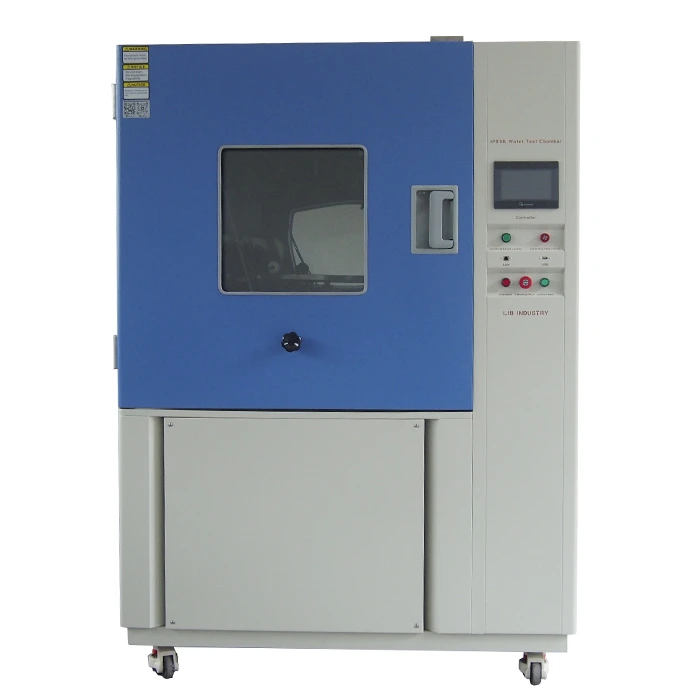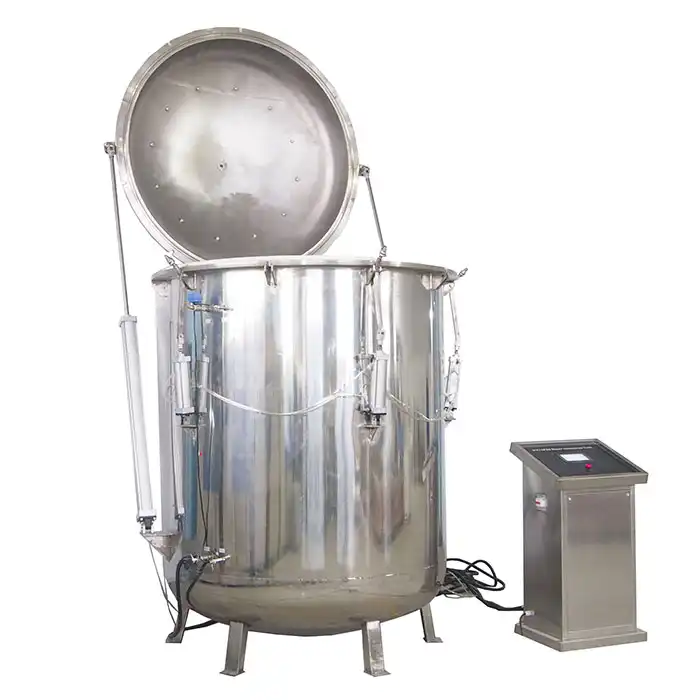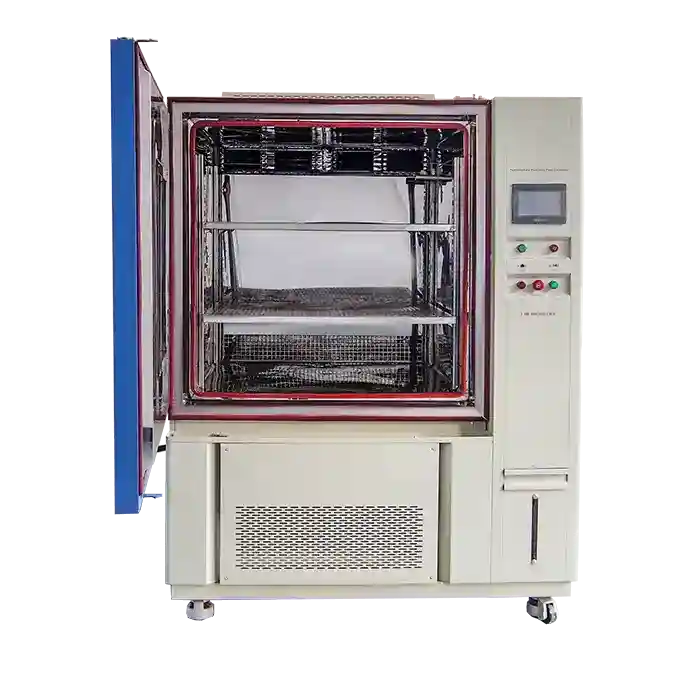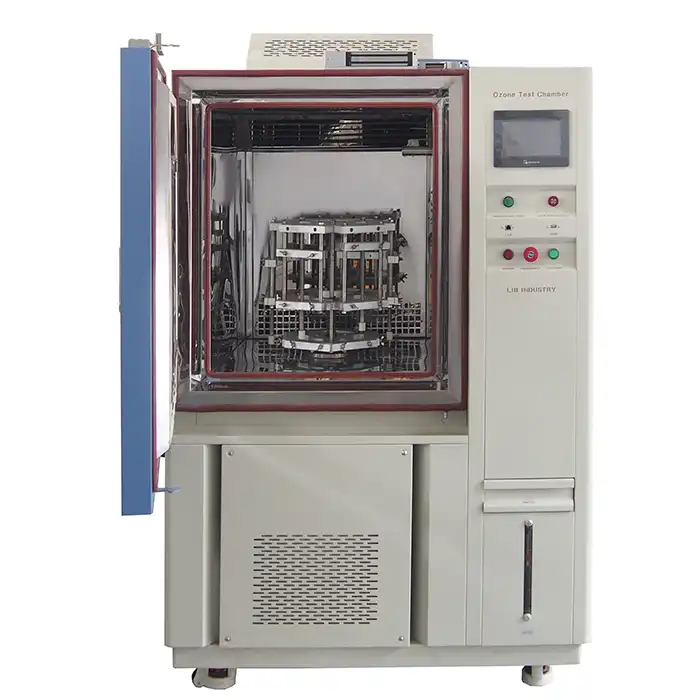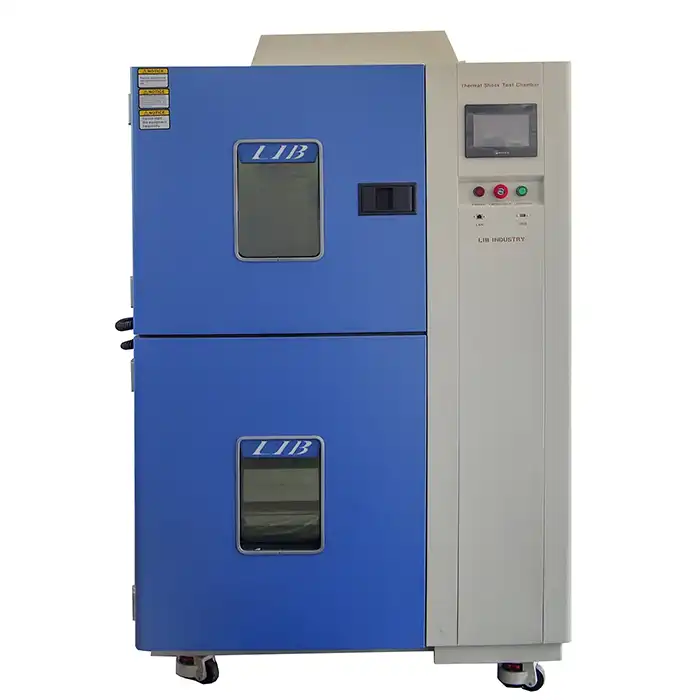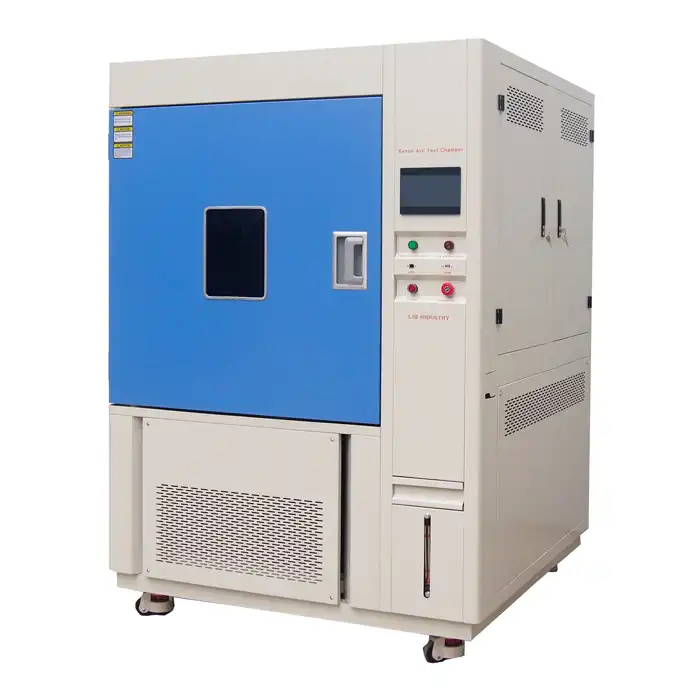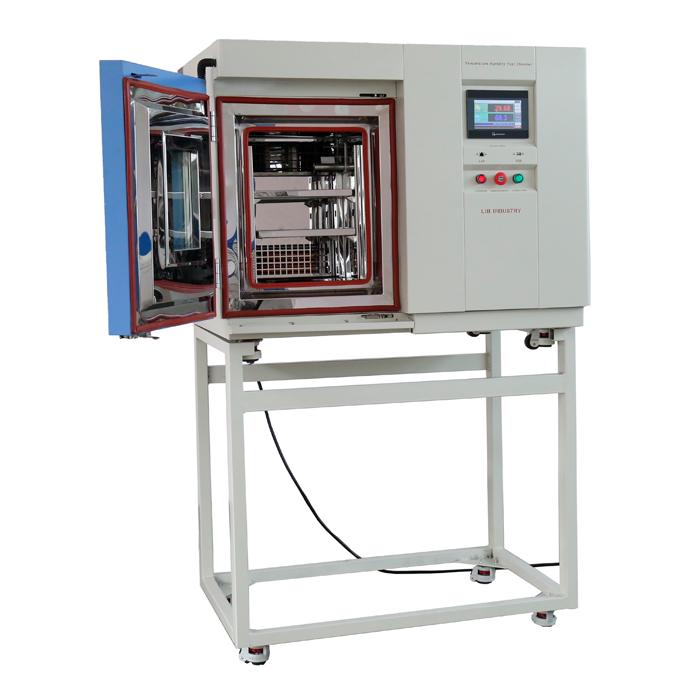Standards and Regulations for Corrosion Test Equipment
Corrosion is a major concern across industries, from automotive to aerospace, as it can compromise structural integrity and product performance. To ensure reliability, manufacturers rely on corrosion test equipment that adheres to international standards and regulatory requirements. This guide explores the key standards, compliance requirements, and advanced testing techniques, helping businesses select the right equipment to enhance product durability and meet industry expectations.
Decoding the ASTM and ISO Standards: A Deep Dive into Corrosion Testing Methodologies
The American Society for Testing and Materials (ASTM) and the International Organization for Standardization (ISO) set global benchmarks for corrosion testing. ASTM B117 is one of the most widely recognized salt spray test standards, ensuring consistency in evaluating material resistance to corrosion. Similarly, ISO 9227 provides guidelines for salt fog testing, crucial for automotive and industrial applications. Other notable standards include ASTM G85 for cyclic corrosion testing and ISO 12944 for protective coatings. Compliance with these standards ensures that products undergo rigorous testing, replicating real-world environmental conditions.
Navigating the Regulatory Landscape: Ensuring Compliance with Global Corrosion Test Equipment Requirements
Governments and industry bodies enforce strict regulations to ensure materials withstand harsh environments. In the automotive sector, UNECE regulations emphasize corrosion resistance for vehicle components. Aerospace manufacturers must comply with AMS 2750 and MIL-STD-810, which outline environmental test procedures. The European Chemicals Agency (ECHA) also mandates corrosion testing for materials under the REACH regulation to assess environmental impact. By adhering to these regulations, manufacturers not only enhance product longevity but also prevent costly failures and legal penalties.
Choosing the Right Corrosion Test Equipment: A Guide to Performance Metrics and Key Specifications
Selecting the right corrosion test equipment requires understanding key performance indicators that impact testing accuracy and efficiency. Essential specifications include:
- Chamber Size and Capacity: Large-scale industrial applications require spacious chambers, while smaller models suit laboratory testing.
- Temperature and Humidity Control: Precision in environmental conditions ensures repeatable test results. For example, LIB Industry's corrosion test chambers maintain stable temperature ranges between 10 °C and 90 °C, crucial for accelerated aging studies.
- Spray Nozzle Design: Uniform salt fog dispersion is critical for consistent corrosion exposure. ASTM B117-compliant chambers use atomizing nozzles to achieve optimal mist distribution.
- Programmable Control Systems: Modern test chambers feature touchscreen interfaces and programmable cycles to simulate complex environmental conditions. Advanced models offer cloud-based monitoring for real-time data tracking.
Beyond the Basics: Advanced Corrosion Testing Techniques and Their Corresponding Standards
Standard salt spray tests provide valuable insights, but industries often require advanced corrosion test equipment to simulate real-world conditions. Some cutting-edge techniques include:
- Cyclic Corrosion Testing (CCT): Unlike traditional salt spray tests, CCT simulates natural weathering cycles, incorporating dry, wet, and humid conditions. Standards such as ASTM G85 and ISO 16701 govern these tests, making them ideal for automotive and marine applications.
- Electrochemical Impedance Spectroscopy (EIS): This method evaluates coating performance by measuring electrical resistance. It is widely used in compliance with ASTM G106 for coatings in infrastructure and oil pipelines.
- Atmospheric Corrosion Testing: Outdoor exposure testing, regulated by ISO 8565, assesses long-term material degradation under real-world environmental influences.
LIB Corrosion Test Equipment
LIB Industry specializes in high-performance corrosion test equipment, offering innovative solutions for various industries. Our salt spray chambers are designed to meet ASTM B117, ISO 9227, and other international standards, ensuring reliable and reproducible results. Key advantages of LIB corrosion testing equipment include:
- Precision Control Systems: Advanced programmable controllers enable accurate regulation of temperature, humidity, and spray cycles.
- High-Quality Construction: Corrosion-resistant materials ensure durability, reducing maintenance costs.
- Customizable Solutions: We provide tailored chamber designs to meet specific testing requirements across aerospace, automotive, and electronics industries.
- Energy Efficiency: Optimized power consumption enhances sustainability without compromising testing performance.
For businesses seeking reliable corrosion test equipment, LIB Industry offers cutting-edge solutions that enhance product quality and ensure regulatory compliance.
To learn more about LIB Industry's corrosion test equipment, contact us at ellen@lib-industry.com. Our experts are ready to help you find the perfect solution for your testing needs.
References
1. ASTM International. "ASTM B117: Standard Practice for Operating Salt Spray (Fog) Apparatus."
2. International Organization for Standardization. "ISO 9227: Corrosion Tests in Artificial Atmospheres - Salt Spray Tests."
3. Society of Automotive Engineers. "AMS 2750: Pyrometry Requirements for Aerospace Thermal Processing."
4. European Chemicals Agency. "REACH Regulation on the Registration, Evaluation, Authorization and Restriction of Chemicals."



